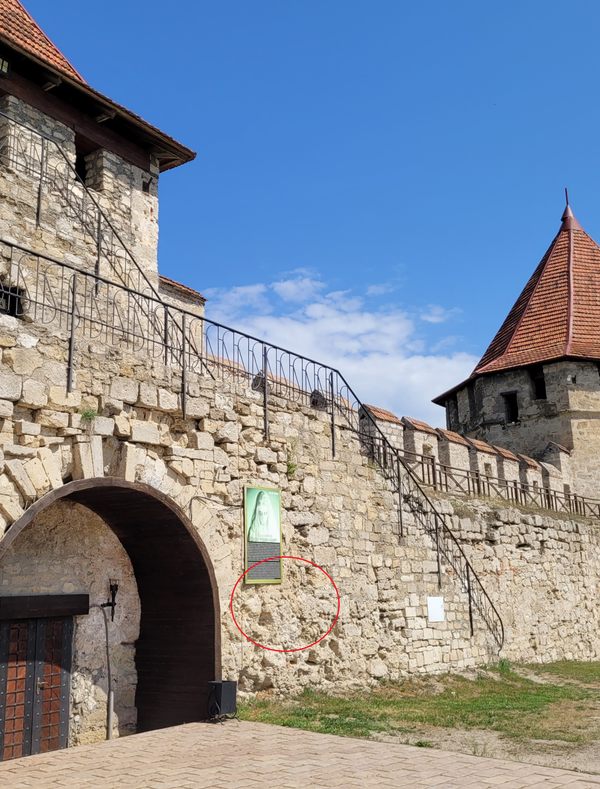In the courtyard of the 15th-century Bender Fortress, in the breakaway region of Transnistria, visitors might notice something strange: a cluster of bullet holes in one section of the wall. They don’t follow a clear trajectory or resemble typical conflict damage—they seem to focus on a spot long linked to a local ghost story, where whispers of tragedy, loss, and the unexplained have lingered for generations.
Centuries ago, during Ottoman control of Bender Fortress, a young Slavic woman—known as Maryuka or Viorica in different versions—was taken from the nearby village of Varnitsa by a Turkish commander-in-chief and held as his concubine within the fortress walls, where she soon became pregnant. After trying to escape, she was caught, punished, and thrown to her death from the highest tower; her baby was taken from her.
Since then, her spirit—called the White Lady for always being dressed in white—has been said to appear on moonlit nights at the same spot by one of the gate towers in the courtyard, as if searching for her lost child. Over the years, even in more recent times, startled guards have reportedly fired at the figure, leaving lasting marks on that part of the wall.
Many historic strongholds claim their own White Lady, but this tale stands apart. Long after the story first took root, bones and a copper-colored braid believed to have belonged to the young woman at the heart of the legend were unearthed in the lower part of the fortress. Combined with the bullet holes in the wall—from both old muskets and modern firearms—it’s enough to make a few visitors question where the story ends and the truth begins.
